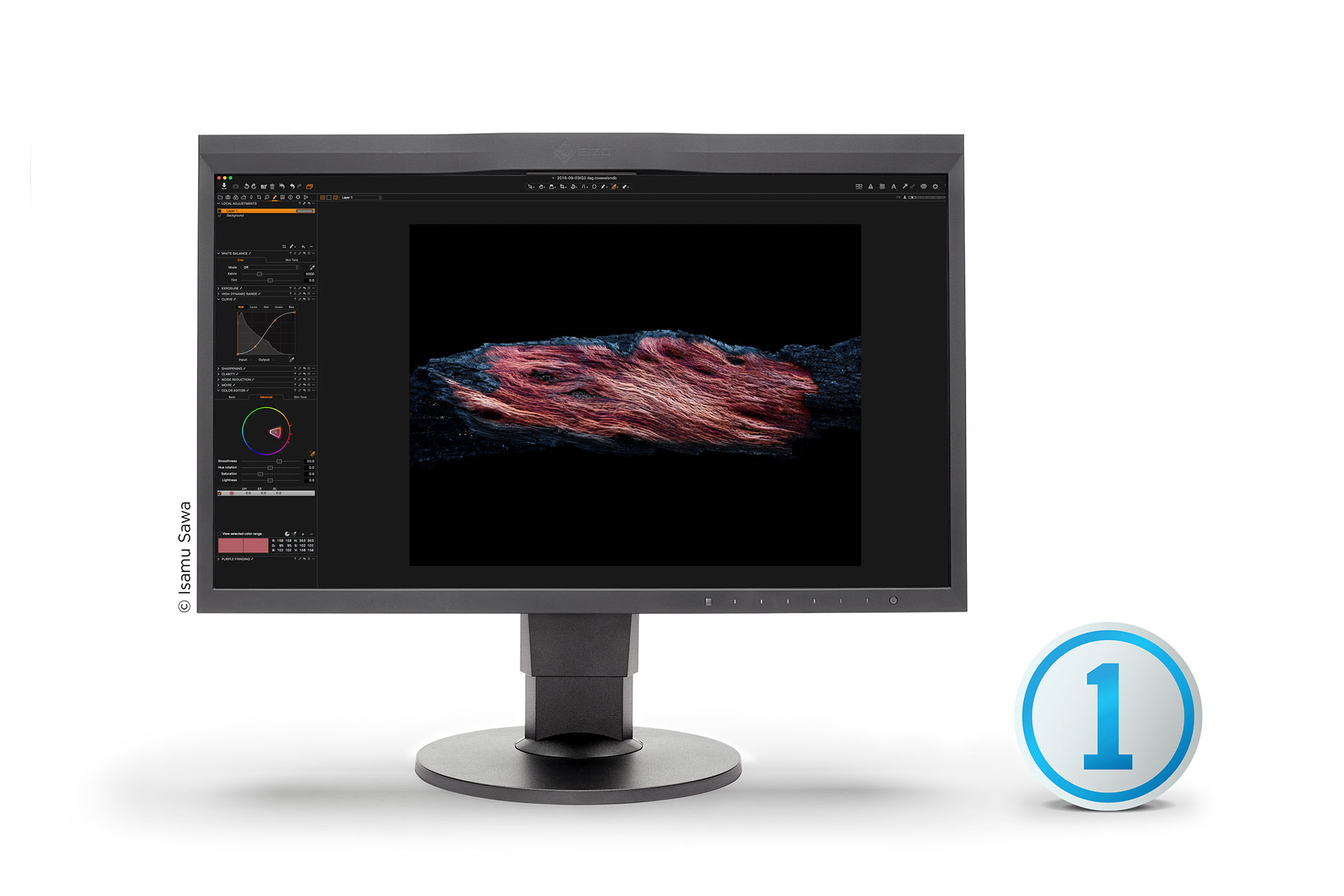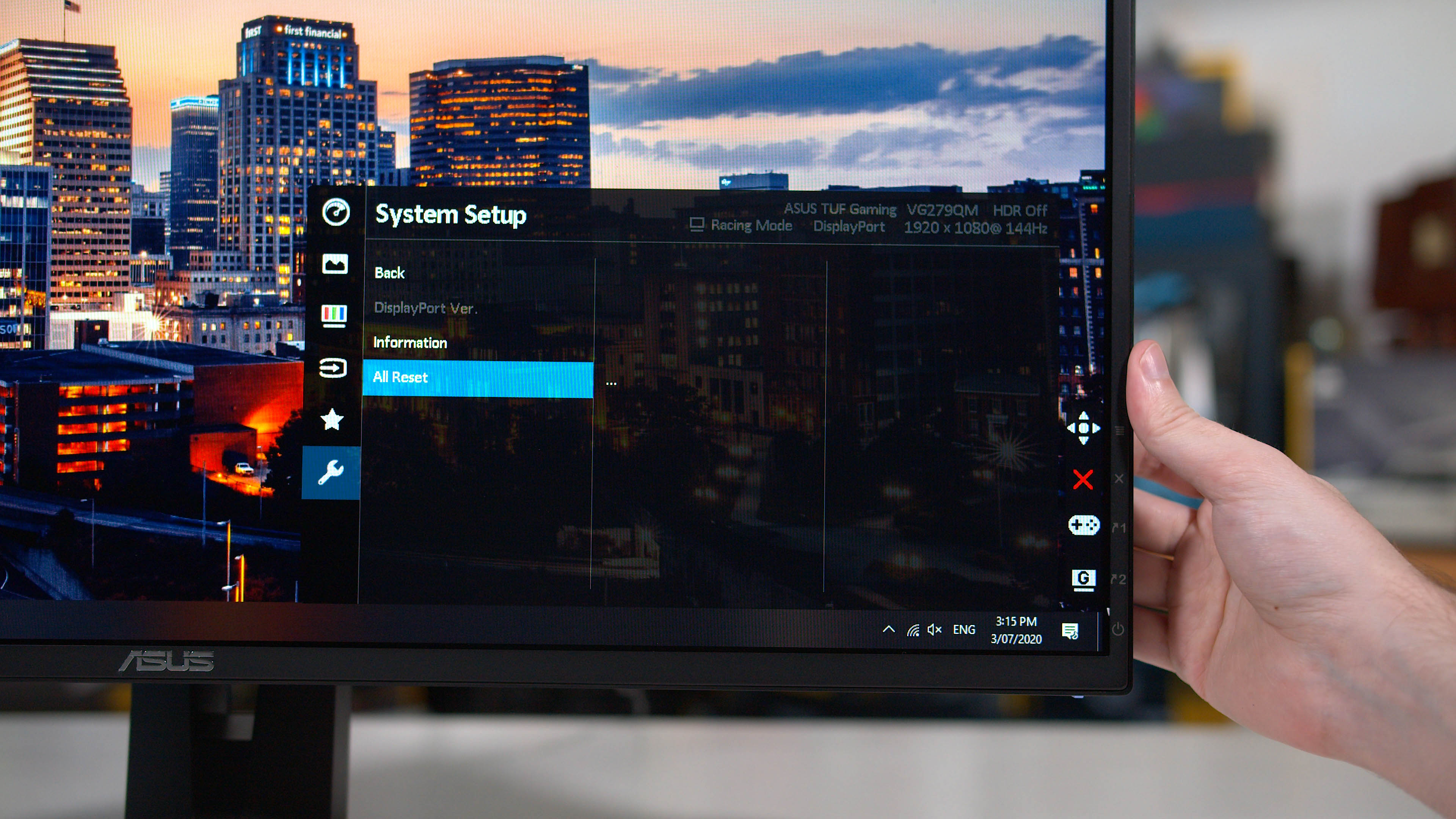


This will lead to problems with viewing experiences.

They make them appear cooler or a bit different than what you intended. On the other hand, higher or lower greens and blues also affect your images in different ways. If your monitor has a higher red value, it’ll seem warmer compared to other screens. That means one (or both) of your monitors is incorrectly calibrated. However, you might notice that images’ colors are slightly different from screen to screen. Given that these images don’t change when you transfer them from device to device, they should always look the same. Each digital image you see has a set of pixels with RGB values assigned to them. This just means that screens combine red, green, and blue lights to display different colors. Monitors - and screens in general - typically use the RGB color space.
#Calibrate monitor for mac how to
If you want to know how to calibrate monitor colors, you have to understand how digital colors work. Let us first understand how your monitor works and why you sometimes need to color-calibrate your monitor settings. The photos simply need to have one of the standard color profiles like sRGB and Adobe RGB.It’s one thing to learn how to calibrate monitor settings, but it’s another to truly understand how it works.
#Calibrate monitor for mac install
You don’t need to install that profile in Adobe Photoshop (especially if you use an Adobe RGB monitor) as the workspace profile or apply it to photos – the program automatically refers to the monitor’s system profile and doesn’t require additional adjustments. Your Built Profile Will Be Automatically Uploaded into the SystemĪfter that, you don’t have to do anything else. In most cases, you can leave the default settings for the color temperature (D65, 6500K) and the tone curve. Set the Color Reproductionīefore you start the calibration process, the device will offer you to choose the color reproduction settings – color temperature, tone curve, and brightness. If you can’t avoid working in suboptimal conditions, for instance in bright light, use a monitor hood that will protect the screen from direct light rays. In the perfect scenario, everything is colored in a monotonous grey color. The field of view of your workspace shouldn’t include any bright or glaring objects. Light sources that have a dynamic color temperature, mainly windows, should be separated, preferably with dense curtains, especially during the morning and evening time. Use average power lamps with a matte lampshade, preferably with high color reproduction and temperature index that is consistent with your screen. Your workspace should be protected from strong lighting, especially if it falls directly onto the screen. To make calibration as effective as possible, you need to work in a “calibrated” environment.

You don’t have to organize any special conditions for the calibration such as turning off the lights or covering the screen with a dark fabric or a monitor cover – the calibration should be done in the exact conditions you work on the monitor every day. The calibration process requires minimum user involvement and is completed automatically regardless of whether you’re using the best monitor calibration for photographers or an entry-level device.


 0 kommentar(er)
0 kommentar(er)
